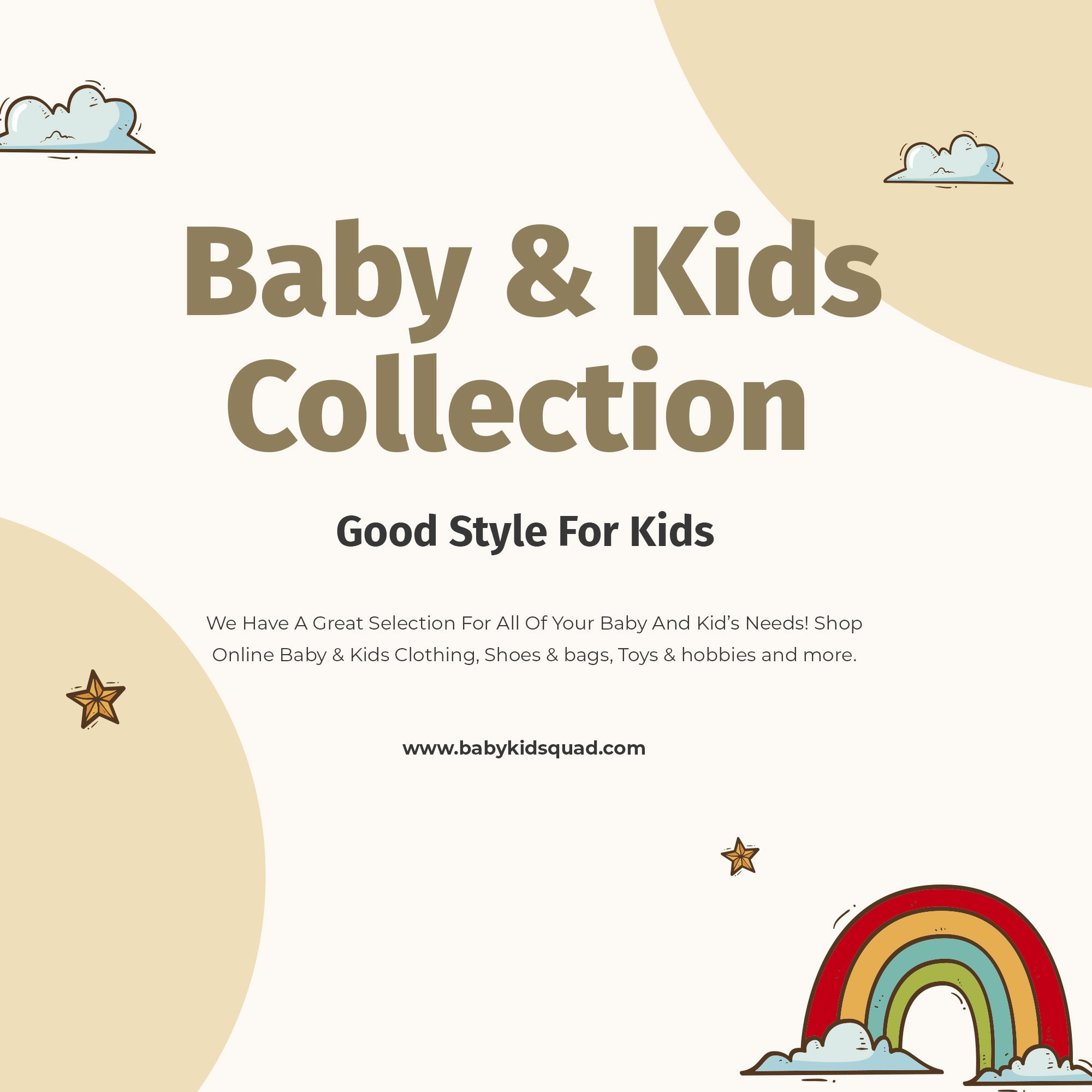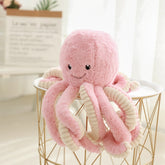Are Plush and Stuffed Animals the Same? Exploring the Differences
Table of Contents
- Introduction
- Understanding the Basics: Defining Plush and Stuffed Animals
- The Materials Involved: Construction and Craftsmanship
- Different Designs: Aesthetic Appeal and Functionality
- Buyer’s Motivation: Understanding the Appeal
- The Intended Audience: Who Loves These Cuddly Companions?
- Conclusion: Appreciating the Differences
Introduction
Have you ever found yourself in a toy aisle, surrounded by an array of cuddly companions, and wondered if plush and stuffed animals are one and the same? If so, you're not alone. Many parents and caregivers grapple with this very question, especially when choosing the perfect gift for their little ones. The soft, huggable nature of these toys makes them beloved by children and adults alike. But what lies beneath the surface of these charming toys?
In this blog post, we will delve into the fascinating world of plush and stuffed animals, uncovering their differences, similarities, and the unique roles they play in our lives. We’ll explore the materials used, the designs, and the emotional connections that bind us to these toys. By the end, you'll have a clear understanding of whether plush and stuffed animals are truly the same or distinct entities.
At Baby Kid Squad, our mission is to make parenting a little easier and a lot more stylish. We understand that parents want beautiful, practical, and durable products for their children, which is why we offer a curated collection of high-quality toys that cater to every child's needs.
So, whether you're a new parent trying to navigate the toy landscape or a seasoned caregiver looking to expand your collection, let's embark on this journey together and discover the world of plush and stuffed animals.
Understanding the Basics: Defining Plush and Stuffed Animals
To begin, let's clarify what we mean by "plush" and "stuffed animals." While these terms are often used interchangeably, they refer to different categories of toys.
What Are Plush Toys?
Plush toys, often referred to as "plushies," are typically made from soft, velvety materials that give them a luxurious feel. The term "plush" refers to the fabric itself, which is characterized by a high pile and a soft texture, mimicking the look and feel of animal fur. Plush toys are designed for maximum softness and often have a more flexible structure than stuffed animals.
Key Characteristics of Plush Toys:
- Materials: Plush toys are primarily made from soft fabrics such as cotton or polyester that are gentle to the touch.
- Designs: They often feature whimsical designs, including fictional characters, food items, or other non-animal shapes.
- Functionality: Plushies are used for comfort, decorative purposes, and as collectibles, appealing to all age groups, from toddlers to adults.
What Are Stuffed Animals?
Stuffed animals, on the other hand, encompass a broader category of toys that are filled with soft materials like polyester fiber, cotton, or even natural fibers. While they can be made from plush fabric, stuffed animals often include additional features like plastic eyes, noses, and other embellishments to create a more lifelike appearance.
Key Characteristics of Stuffed Animals:
- Materials: Stuffed animals can be made from a variety of fabrics and fillings, providing them with a more solid structure.
- Designs: They are typically designed to resemble real animals, including teddy bears, bunnies, and other creatures.
- Functionality: Stuffed animals are primarily used for comfort and companionship, often becoming a child's security object during times of stress or anxiety.
Summary of Key Differences
In summary, while both plush toys and stuffed animals serve similar purposes in providing comfort and companionship, their differences lie in:
- Material and Texture: Plush toys are softer and more flexible, while stuffed animals tend to be sturdier and more structured.
- Design: Plush toys often depict fictional or whimsical characters, whereas stuffed animals usually represent real animals.
- Functionality: Plush toys can be decorative and collectible, while stuffed animals primarily serve as comforting companions.
The Materials Involved: Construction and Craftsmanship
Understanding the differences between plush and stuffed animals also involves a closer look at the materials used in their construction. This not only influences their feel and durability but also affects how they appeal to children and caregivers alike.
Plush Toy Materials
Plush toys are made from various soft fabrics, which can include:
- Cotton: A natural fiber that is soft, breathable, and hypoallergenic, making it ideal for young children. Baby Kid Squad offers a range of cotton plush toys that are gentle on delicate skin.
- Polyester: A synthetic fabric commonly used for its durability and ease of maintenance. Polyester plush toys can withstand frequent washing, making them practical for active kids.
- Microfiber: A softer, plushier alternative that provides an ultra-comfortable feel. Microfiber plush toys are often used for high-end plushies, enhancing their luxury appeal.
Stuffed Animal Materials
Stuffed animals may incorporate various materials, including:
- Synthetic Fibers: Materials like polyester or acrylic are often used for their durability and ability to hold shape. Many stuffed animals at Baby Kid Squad are designed with these materials to ensure longevity.
- Plastic Components: Stuffed animals often feature plastic eyes and noses, which can add to their realism but may also make them less cuddly compared to plush toys.
- Natural Fillings: Some stuffed animals use natural materials for stuffing, such as straw or wool, providing an eco-friendly alternative.
Maintenance and Care
Both plush toys and stuffed animals require care to maintain their appearance and integrity. Plush toys, due to their softer materials, may need gentle washing and handling. Stuffed animals, particularly those with plastic features, can often withstand more rigorous cleaning methods.
At Baby Kid Squad, we understand the importance of durable and easy-to-maintain toys, which is why our collections feature products that are both stylish and practical.
Different Designs: Aesthetic Appeal and Functionality
When it comes to design, plush toys and stuffed animals cater to different tastes and preferences.
Plush Toy Designs
Plush toys are often characterized by their imaginative and whimsical designs. They may take the form of:
- Cartoon Characters: Many plushies are based on beloved characters from animated shows, movies, or video games, appealing to children and collectors alike.
- Food Items: Some plushies resemble various food items, such as fruits or desserts, adding a playful touch to any room's décor.
- Fantasy Creatures: From unicorns to dragons, plush toys can depict a wide range of fantastical beings, allowing children to explore their imaginations.
These designs make plush toys not only comforting companions but also decorative pieces that can enhance a child's room or play area.
Stuffed Animal Designs
Stuffed animals, in contrast, are generally designed to resemble real animals. Common characteristics include:
- Realistic Features: Stuffed animals often have lifelike fur, plastic eyes, and intricate details that mimic the appearance of actual animals.
- Classic Shapes: Traditional shapes like teddy bears, bunnies, and dogs are popular choices, often becoming cherished childhood companions.
- Variety: While many stuffed animals represent common pets or wild animals, there are also unique designs that include endangered species or exotic creatures.
The designs of stuffed animals often evoke feelings of nostalgia and comfort, making them timeless gifts for special occasions.
Buyer’s Motivation: Understanding the Appeal
When it comes to purchasing plush and stuffed animals, understanding the motivations behind these choices can provide valuable insight for parents and caregivers.
Plush Toys as Collectibles
Plush toys often appeal to older children and adults who enjoy collecting:
- Nostalgia: Many adults find joy in collecting plush toys that remind them of their childhood or favorite characters.
- Decorative Elements: Plush toys can serve as unique décor items, adding a playful touch to any space.
- Community and Culture: The plushie culture has grown, with collectors often participating in conventions and social media groups.
Stuffed Animals as Comfort Objects
Stuffed animals, on the other hand, tend to be more about emotional support:
- Security and Comfort: Many children develop strong attachments to their stuffed animals, using them as security objects during stressful times.
- Gifting Traditions: Stuffed animals are often given as gifts for birthdays, holidays, or special occasions, symbolizing love and care.
- Developmental Benefits: Studies show that soft toys can aid in emotional development, providing comfort and companionship that helps children navigate their feelings.
At Baby Kid Squad, we recognize the importance of these emotional connections, which is why we curate a diverse selection of plush toys and stuffed animals that cater to various needs and preferences.
The Intended Audience: Who Loves These Cuddly Companions?
Understanding the intended audience for plush and stuffed animals helps clarify their distinct roles in childhood development and play.
Plush Toys for All Ages
Plush toys are versatile and can appeal to a wide range of age groups:
- Children: Younger children enjoy the softness and playful designs of plushies, often using them for imaginative play.
- Teens and Adults: Many older individuals collect plush toys as a hobby, seeking items that resonate with their interests or nostalgia.
- Decor Enthusiasts: Plush toys can serve as decorative pieces, appealing to individuals looking to enhance their living spaces with a touch of whimsy.
Stuffed Animals Primarily for Younger Children
Stuffed animals are generally targeted towards younger children:
- Ages 3 to 7: This age group often forms deep emotional attachments to their stuffed animals, using them for comfort and companionship.
- Gift-Giving Occasions: Stuffed animals are popular choices for birthdays, holidays, and as comforting gifts during times of change, such as starting school or moving to a new home.
By understanding the audience for these toys, parents can make informed decisions when selecting the right companions for their children.
Conclusion: Appreciating the Differences
In conclusion, while plush and stuffed animals share many similarities, they are distinct categories of soft toys that cater to different preferences and purposes. Plush toys are characterized by their soft, luxurious fabrics and imaginative designs, making them suitable for all ages and often serving as decorative items. Stuffed animals, in contrast, are typically designed to resemble real animals, providing comfort and companionship to younger children.
At Baby Kid Squad, we are committed to offering a curated selection of both plush toys and stuffed animals, ensuring that every family can find the perfect cuddly companion for their little ones. Our collections are designed to be high-quality, stylish, and functional, reflecting our mission to make parenting stylish and practical.
As we navigate the world of soft toys, let’s appreciate the unique roles that plush and stuffed animals play in our lives. Whether you’re looking for a comforting companion for your child or a whimsical plushie to decorate your space, these soft toys are sure to bring joy and comfort to all.
FAQ
Are plush and stuffed animals the same? While often used interchangeably, plush toys and stuffed animals are not the same. Plush toys are made from soft, velvety fabrics and can represent fictional characters, while stuffed animals are typically made with firmer materials and designed to resemble real animals.
What materials are used in plush toys? Plush toys are often made from soft fabrics like cotton, polyester, or microfiber, which provide a gentle touch and cuddly feel.
Can plush toys be used for decorative purposes? Yes, plush toys can serve as decorative elements in children's rooms or play areas, adding a playful and whimsical touch to the décor.
What age group typically prefers stuffed animals? Stuffed animals are primarily popular among younger children, typically ages 3 to 7, who often form emotional attachments to them.
How should I care for my plush or stuffed toys? Care instructions vary based on materials, but generally, plush toys may require gentle washing, while stuffed animals can often withstand more rigorous cleaning methods. Always check the care label for specific instructions.
At Baby Kid Squad, we invite you to explore our diverse collection of baby clothing, boys' clothing, girls' clothing, baby and mother essentials, shoes and bags, and toys and hobbies to find the perfect items for your family.









